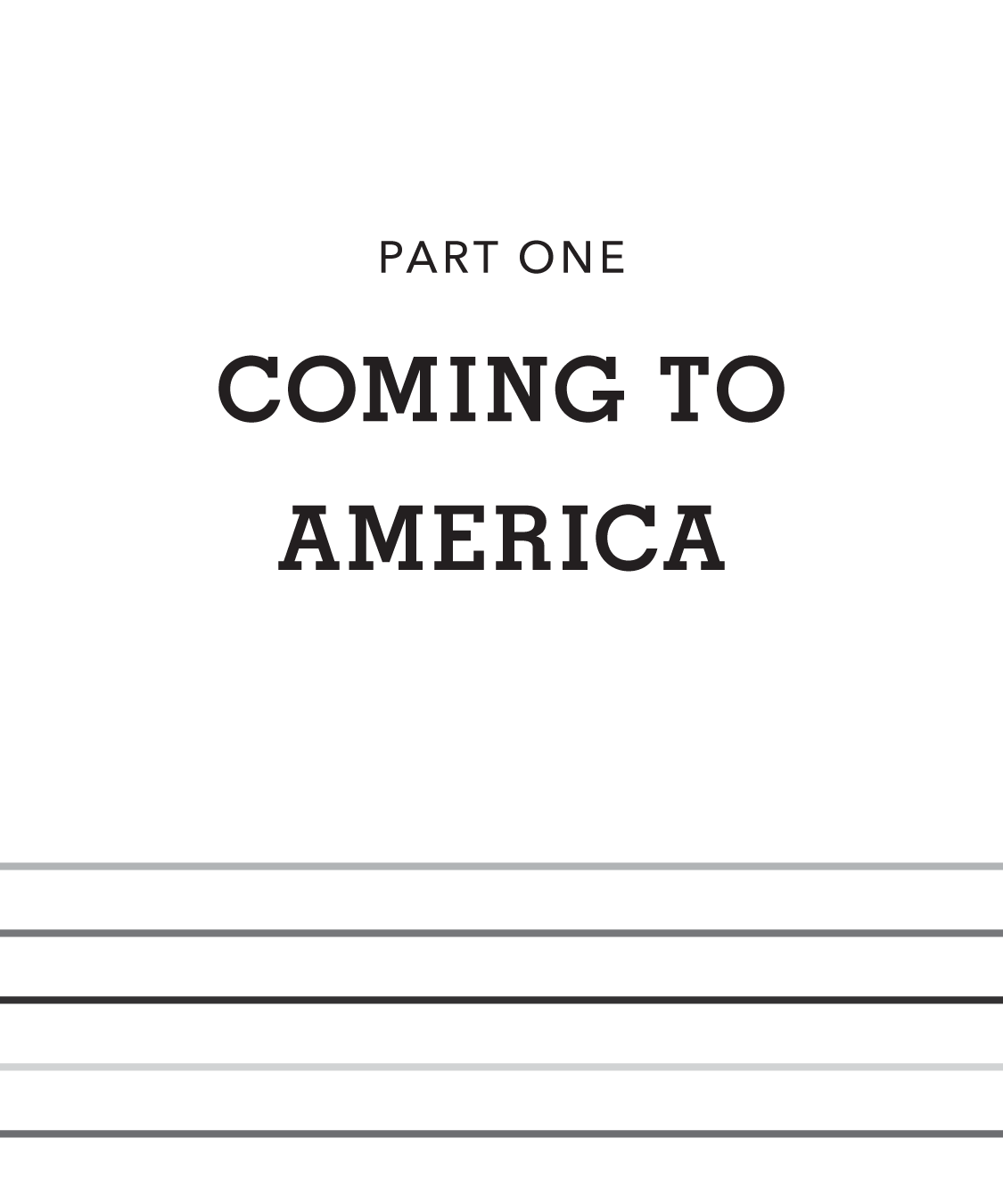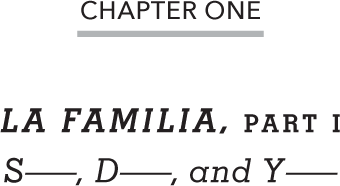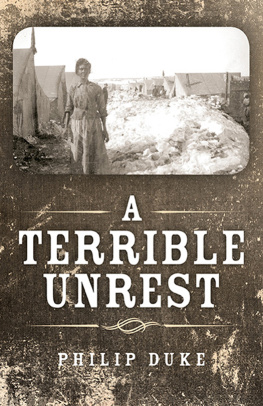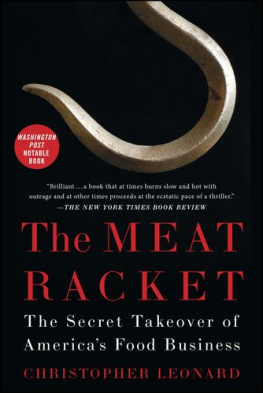




The nine young people featured in We Are Here to Stay could be your neighbors, classmates, friends, or even family members. For much of their lives, theyve lived with a secret: they did not have any of the documents U.S. passports, green cards, or visas that identify them as legal residents or citizens of the United States. Without this documentation, they could be taken from their homes at any time and deported to the country of their birth. Beyond this constant threat of deportation to a place they may have barely remembered, if at all, they also did not have Social Security numbers, which would have authorized them to work. They were not eligible for health insurance or federal aid for college tuition. Other people often labeled them as illegals, aliens, criminals, and worse. Some described themselves as living in the shadows.
Many young undocumented people have come out of the shadows to disclose their status. No longer would they allow others to define who they are. This book is about these people. It is not about politics. And yet politics has come to play a significant role in many immigrants lives. One crucial government program that is talked about throughout the book is the Deferred Action for Childhood Arrivals (DACA).
DACA was a two-year program, subject to renewal, that allowed temporary relief from deportation to undocumented persons between the ages of fifteen and thirty-one who came to the United States on or before June 15, 2007, and lived in the United States continuously for at least five years. It enabled them to have a Social Security number so that they could work. This program was not a path to citizenship. It was an executive action, not a law in the traditional sense. The courts, Congress, or the president could withdraw DACA.
In September 2017, the president repealed DACA. Approximately 700,000 youths attending school, working, or in the military no longer knew what their future held. We Are Here to Stay was well on its way to publication at that time. We decided to stop the presses. Everyone in the book was disappointed; they wanted their story told. They did not want to go back into the shadows. In time, and after much deliberation, we all agreed that the young immigrants experiences must be told. But to protect them, we disclose only their names first initial, followed by a dash. Photographs and other identifiers have been removed.
It is my dream that the stories of the nine young people in We Are Here to Stay will encourage and facilitate an informed, reasonable, and honest conversation about the complexities of immigration. It is also my hope that we can one day republish this book with the participants names, places, and photographs fully intact.
Susan Kuklin



Y and her younger siblings, twins S
and her younger siblings, twins S and D
and D , were born in Medelln, Colombia. They came to New York one by one when they were very young. Y
, were born in Medelln, Colombia. They came to New York one by one when they were very young. Y says, One of the reasons for leaving Colombia was our education. It was unclear if we stayed in Colombia that we could go to college. Another reason was my dads entrepreneurial spirit. He saw the U.S. as an opportunity to have a better life. Also, there was more and more violence in Medelln, and our neighborhood was becoming unstable. There were turf wars. The children spoke no English. They had no idea what life would be like in a new country far from their tight extended family and friends. But they were together; they are a family.
says, One of the reasons for leaving Colombia was our education. It was unclear if we stayed in Colombia that we could go to college. Another reason was my dads entrepreneurial spirit. He saw the U.S. as an opportunity to have a better life. Also, there was more and more violence in Medelln, and our neighborhood was becoming unstable. There were turf wars. The children spoke no English. They had no idea what life would be like in a new country far from their tight extended family and friends. But they were together; they are a family.

S : I remember every single detail from that day. My brother and I were Rollerblading outside. I was wearing my new sweat suit that my mother had sent the day before. I loved it so much. It had a cute Barbie on it. I remember being in the hospital and looking at the pants with a big hole and blood all over them. I thought, I hope someone can fix that.
: I remember every single detail from that day. My brother and I were Rollerblading outside. I was wearing my new sweat suit that my mother had sent the day before. I loved it so much. It had a cute Barbie on it. I remember being in the hospital and looking at the pants with a big hole and blood all over them. I thought, I hope someone can fix that.
There was a big sidewalk outside my house
D : The sidewalk was small. All my life I thought it was huge too, and then I looked at the pictures on Google Maps. It was this tiny little thing.
: The sidewalk was small. All my life I thought it was huge too, and then I looked at the pictures on Google Maps. It was this tiny little thing.
S : I remember it as big.
: I remember it as big.
Y : You guys were only six, so little that everything seemed big back then.
: You guys were only six, so little that everything seemed big back then.
S : When we were Rollerblading, I heard gunshots, and I jumped off the sidewalk. I fell down and felt something hard on my left leg.
: When we were Rollerblading, I heard gunshots, and I jumped off the sidewalk. I fell down and felt something hard on my left leg.
D : Your right leg!
: Your right leg!
S : Left! My left leg started hurting a lot. There was so much commotion. People were calling me to come to them. I was able to get up and Rollerblade about ten feet on one leg until I got to a little yard that led to our house. I got there and saw blood on the ground. I thought, whats going on? I never realized I had been shot.
: Left! My left leg started hurting a lot. There was so much commotion. People were calling me to come to them. I was able to get up and Rollerblade about ten feet on one leg until I got to a little yard that led to our house. I got there and saw blood on the ground. I thought, whats going on? I never realized I had been shot.
D : It was our babysitters friend who saw the blood. Everybody thought S
: It was our babysitters friend who saw the blood. Everybody thought S was limping because she fell on the Rollerblade. The friend started yelling, Shes dripping blood! Shes dripping blood! Our grandma turned and saw the blood. She picked S
was limping because she fell on the Rollerblade. The friend started yelling, Shes dripping blood! Shes dripping blood! Our grandma turned and saw the blood. She picked S up and took her to a bus.
up and took her to a bus.
S : Everyone on the bus got off right away so I could go to the hospital with my grandmother. Grandma was hysterical. She hoisted me up and passed me into the arms of our neighbor to help take me to the hospital. Meanwhile, Im thinking, please tell me this isnt happening. There was a priest who stayed on the bus. It was the weirdest thing. He did a prayer with us. I didnt understand why he was doing that.
: Everyone on the bus got off right away so I could go to the hospital with my grandmother. Grandma was hysterical. She hoisted me up and passed me into the arms of our neighbor to help take me to the hospital. Meanwhile, Im thinking, please tell me this isnt happening. There was a priest who stayed on the bus. It was the weirdest thing. He did a prayer with us. I didnt understand why he was doing that.















 and her younger siblings, twins S
and her younger siblings, twins S